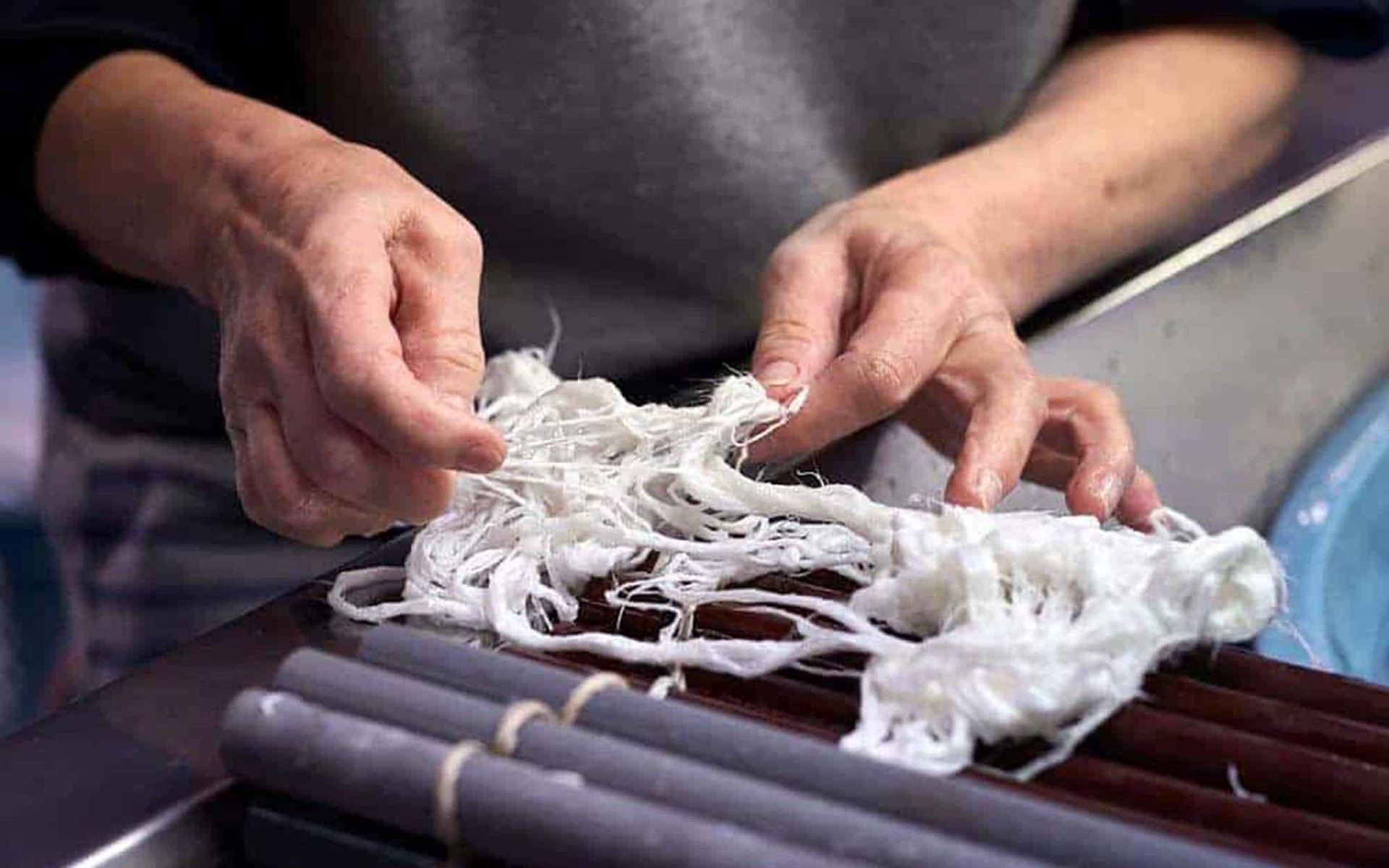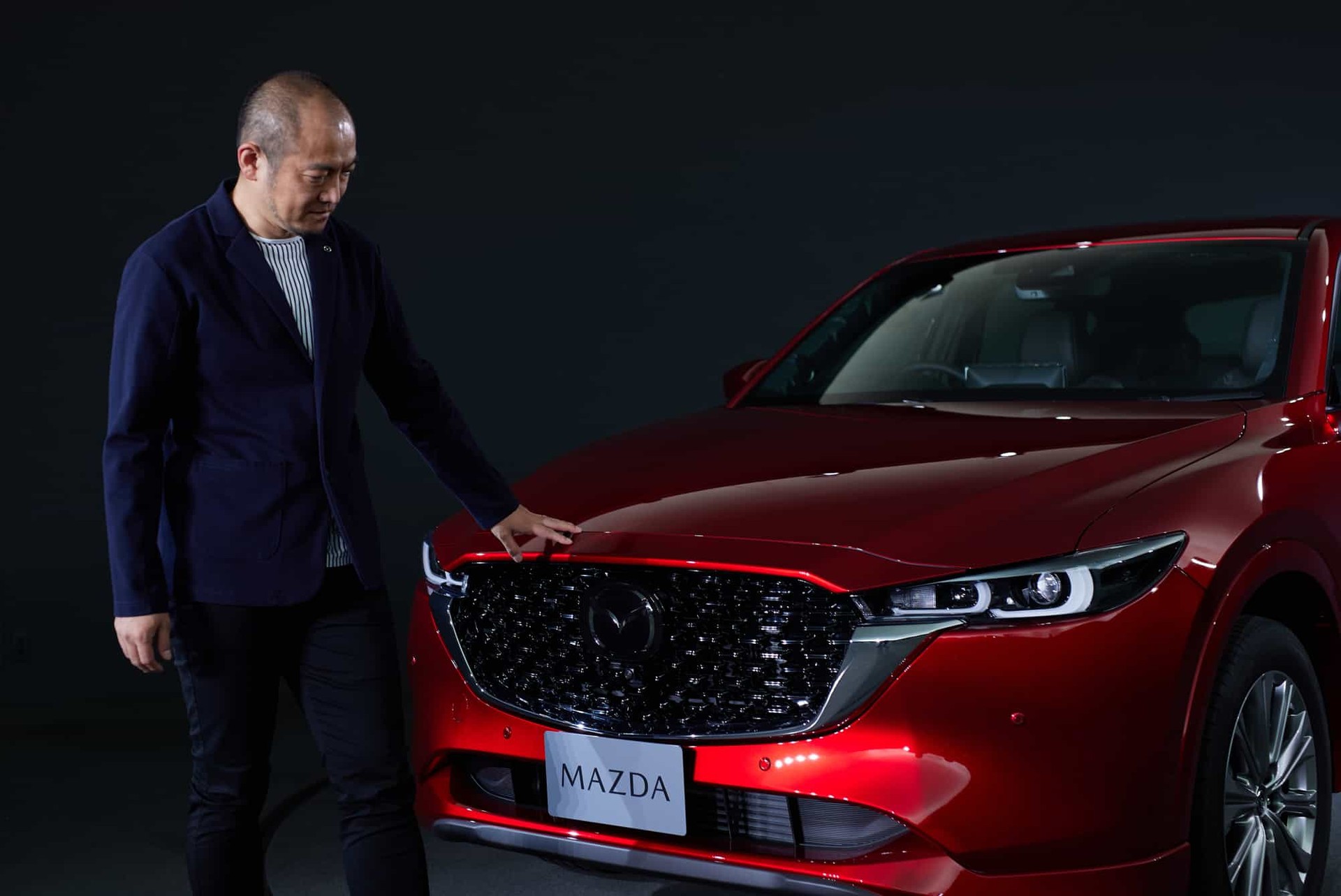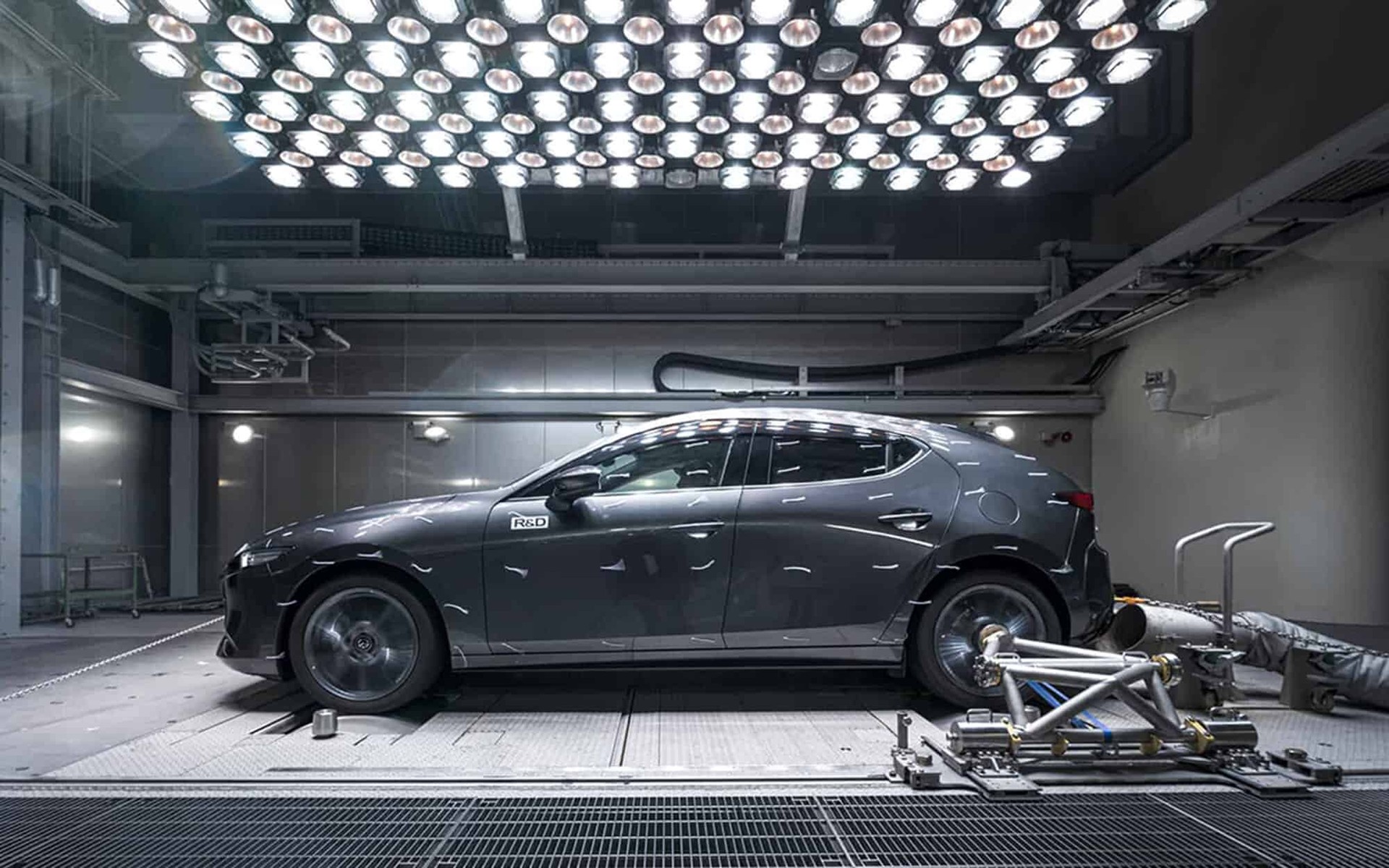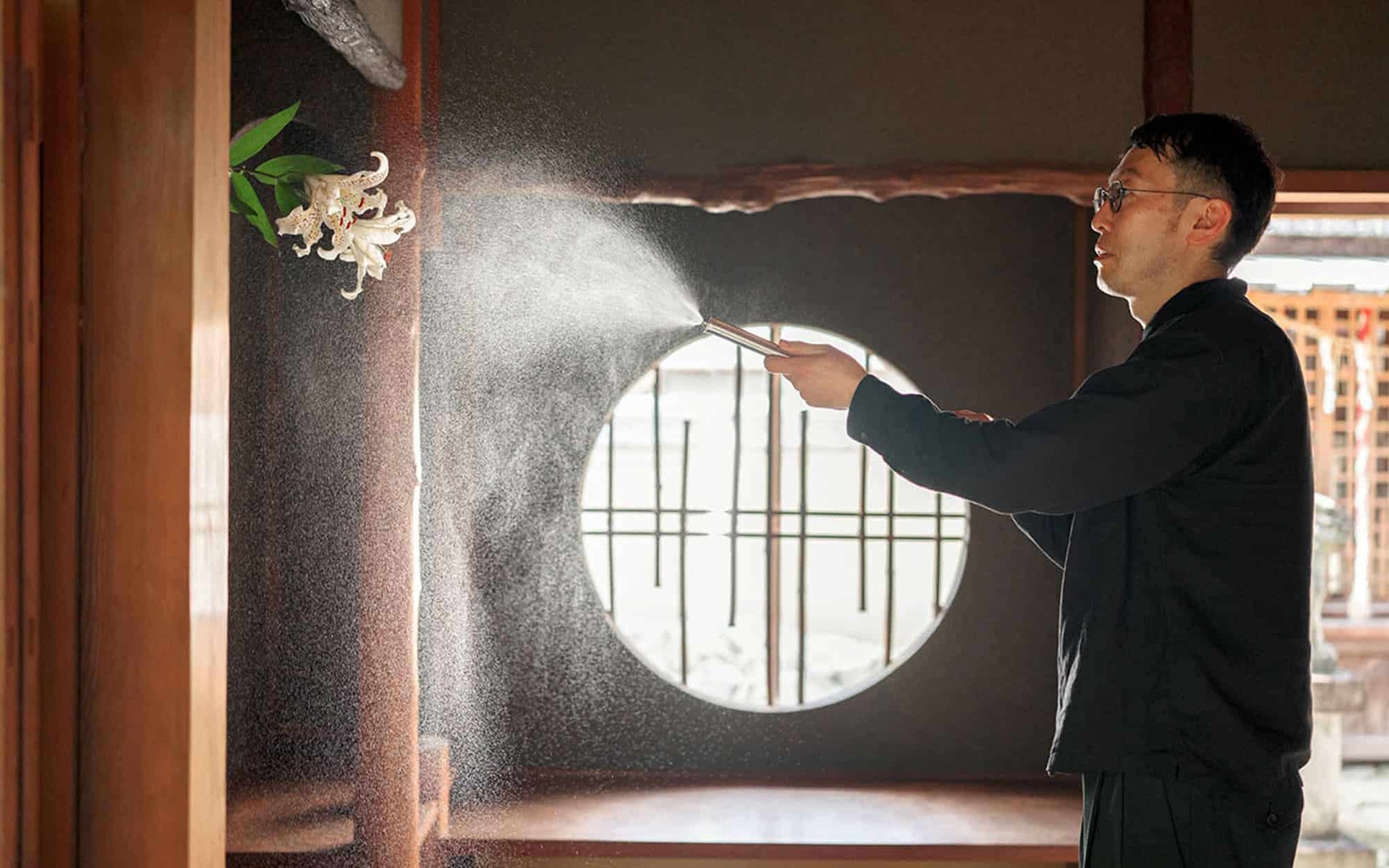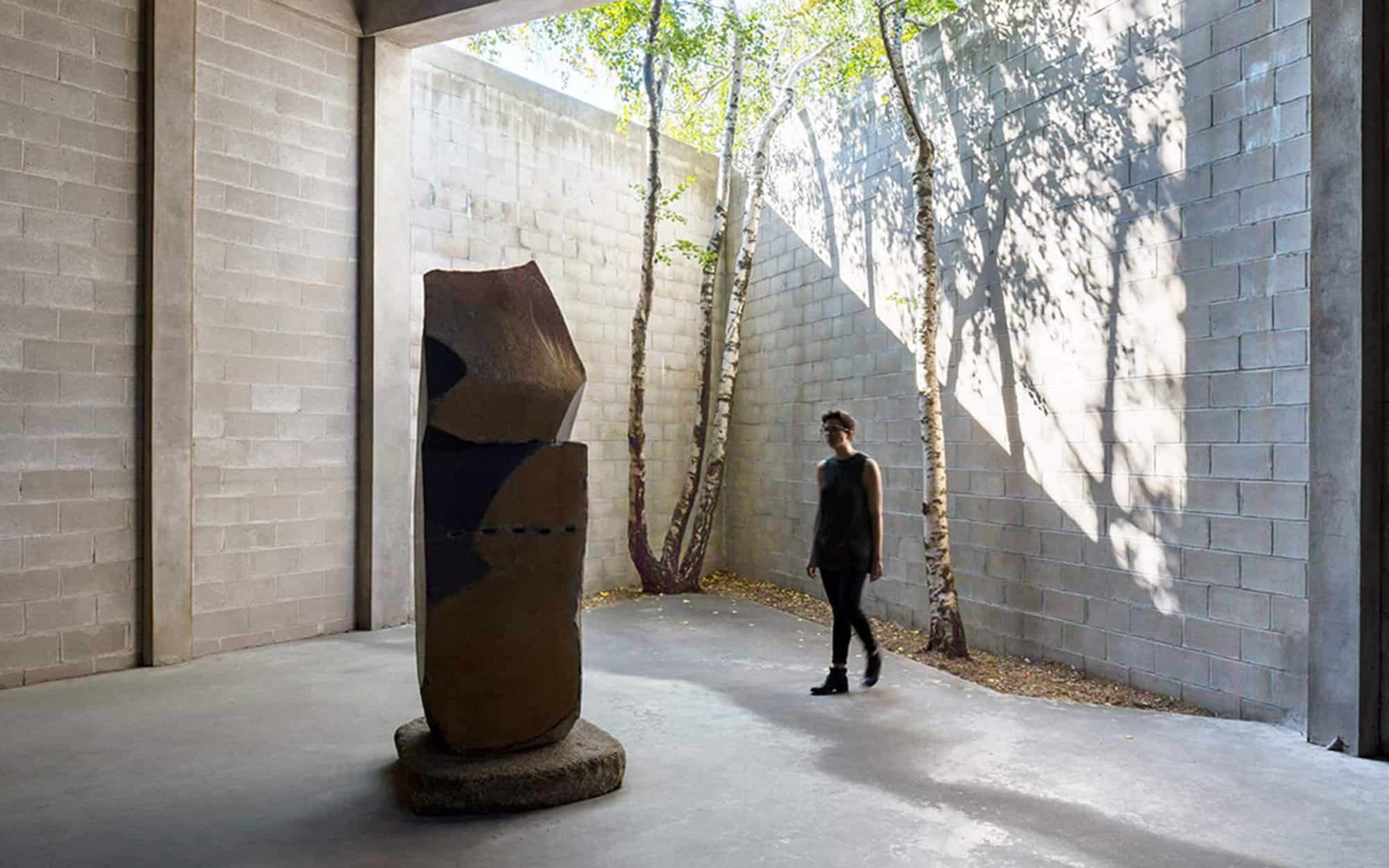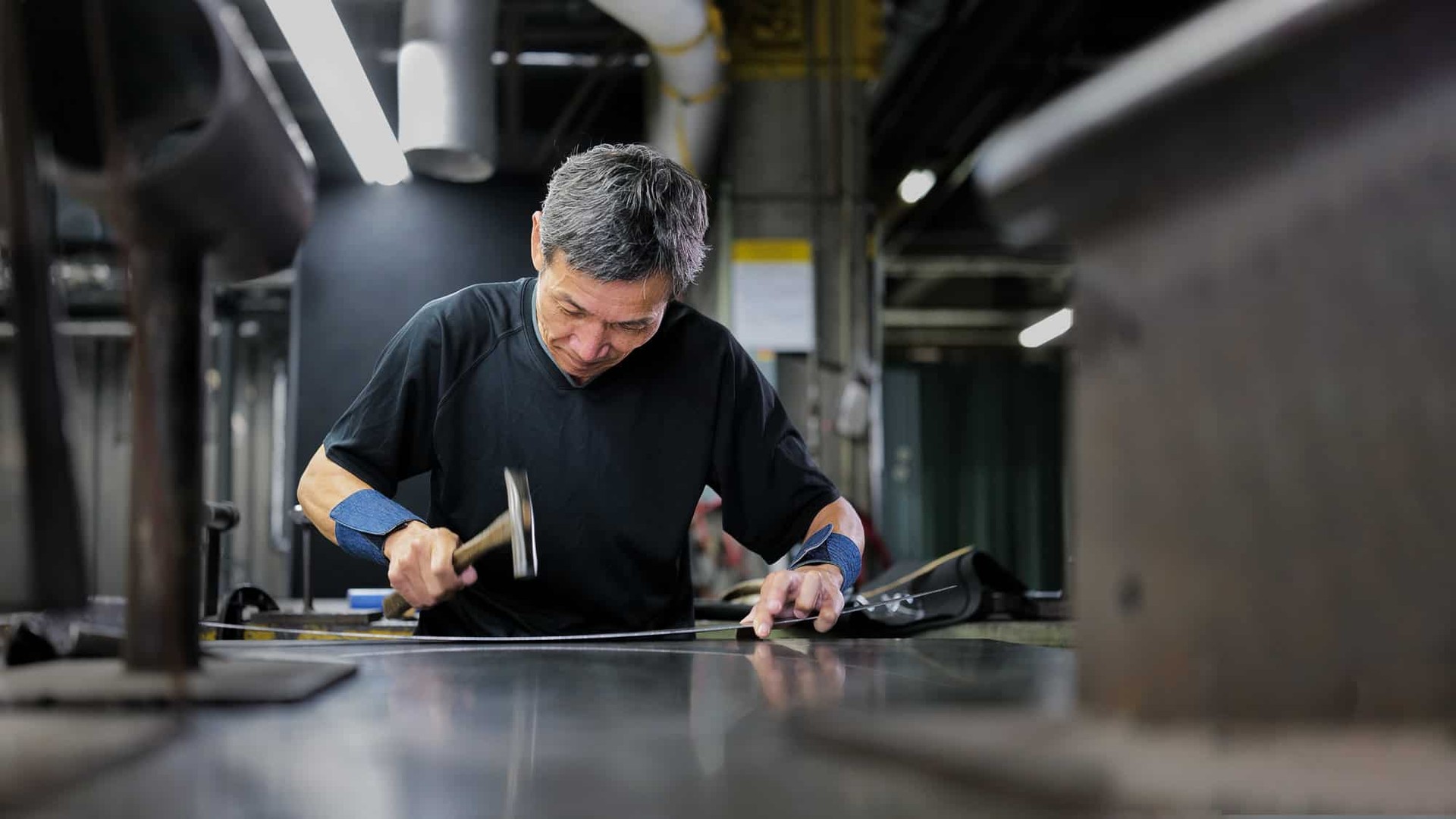
INSPIRE
MASTER OF METAL
Yutaka Kawano is a Mazda Takumi Master, the highest level of craftsman in the discipline of manipulating metal. His work is symbolic of the design and creation on every Mazda vehicle rolling off the production line. Mazda Stories touches down in Hiroshima to see the master at work.
It’s a hot, humid morning in Hiroshima, Japan. Throughout the city, commuters scramble to catch trains, children cycle to school, and coffee shops churn out morning pick-me-ups. Yutaka Kawano, Senior Specialist at Mazda’s Design Modeling Studio, however, is readying his set of dozens of hammers and wooden mallets, and countless razor-sharp sheet metal scissors atop his workbench. As generators buzz and click to life behind him, Kawano is ready for another day at work.
“I have to really keep improving myself and devote myself to a higher level.”
Yutaka kawano
His base of operations is Mazda’s comparatively cooler Design Modeling Studio, where the Takumi Master has begun hammering and bowing a wafer-thin piece of sheet metal. He’s manipulating the shimmering material to create a unique, one-of-a-kind piece of art that is strikingly like the designs seen throughout Mazda vehicles. Working on a Rashin sculpture, a smooth and seamless piece of art that fuses together 11 individual pieces of metal, it’s clear that Kawano’s work draws parallels with Mazda designs and foreshadows those to come.
“If you can see something which is created by hand, it gives you warmth.”
Yutaka kawano
A virtuoso in every sense, Kawano is at home in the workshop among worn tools, belt saws, and blowtorch masks. Surrounded by designs and works in progress, he is the personification of Japanese Mastery; his work is a study in Mazda’s approach to human-centric design. Indeed, it’s been said that Mazda designers go directly to Kawano to pick his brain for inspiration on the concept car designs that shape Mazda’s future ranges. Likewise, his sheet metal artwork has a direct connection to the vehicles being manufactured only a few hundred feet from his workshop: the glossy metal that can be seen throughout his studio has been used as inspiration for Mazda’s chrome interior trims and the vehicles’ overall form in models, including the Mazda3.
Kawano’s work often evokes a visceral response, including happiness and contentment, from those who see it. Whether it’s intentional or not, he believes the craft can take these perceptions to new heights. “If people look at my work and they feel happy about it, then I’m also happy,” he says, smiling.
So specialized and precise is Kawano’s work, he makes his own tools and modifies those off-the-shelf. His hammers, vice attachments, and bespoke anvils are all tweaked and contoured for specific use and are marvels of their own. His protective wrist guards, too, are made from tapered denim. Kawano also demonstrates how he uses the cracks found in the base of a timeworn tree trunk as leverage to shape copperware. It’s all part of an ongoing mission to both better himself and, as a direct result, push Mazda’s design strategy into the future through monotsukuri, a term used to cover flawless product planning, design, development, and production. “I still think there are areas [of my work] which I need to improve because I don’t think it’s enough,” he says. “I have to really keep improving myself and devote myself to a higher level.”
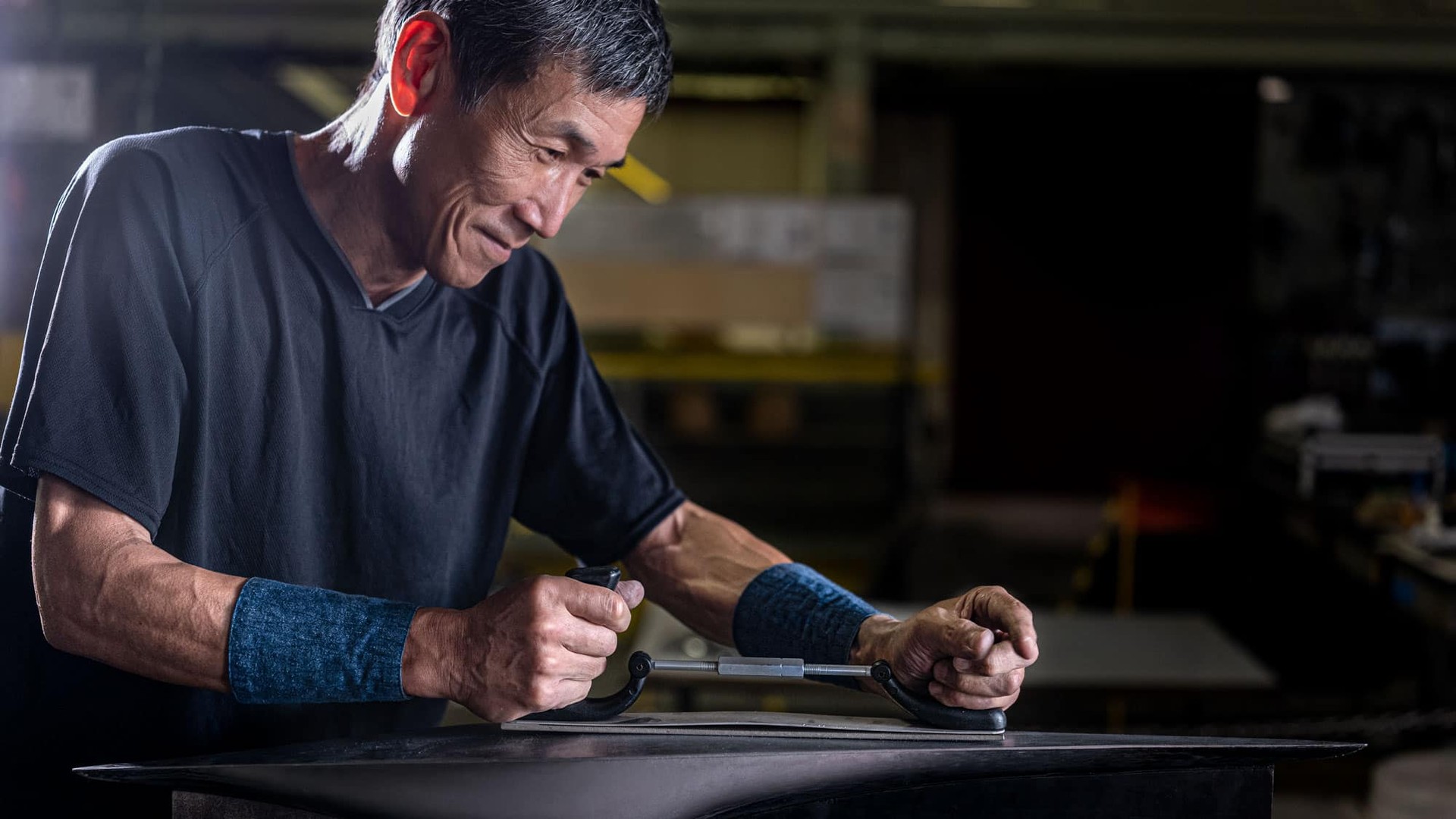
“Something created by human hands is very important.
It shouldn’t be lost.”
yutaka Kawano
From an outsider’s perspective, it seems Kawano has already made it to this higher plane of design and influence within Mazda. Though he started metalwork at 18 years old, Kawano has worked across a multitude of disciplines within Mazda. He started off training for the National Skills Competition then did a stint in body production, before moving into Mazda’s design division. This is where he would hone his craft for almost four decades, not only on metalwork but also painting and sewing. These days, his role is to bring designers’ ideas, formed in clay or digitally, to life, utilizing various materials– like metal, resin, and leather – to create models and artwork with further expression and precision. He also collaborates with the younger generation of designers and artists in the creation of artworks and model samples, passing on his unique knowledge of metalwork and his deep-rooted understanding of Mazda’s design philosophy. “I’m working with them directly,” he says. “I give them advice and I learn from them as well. We’re working and growing together, doing real work.”
Now 60 years old, Kawano’s tenure at Mazda has seen his craftsmanship become an unfaltering example of Japanese heritage that works in tandem with digitization. In addition to his work with Mazda, Kawano was brought on to create a copper frame for the eternal flame of Daishoin Temple in Miyajima and, working with other Hiroshima-based companies, was inspired by the legacy of manufacturing in the city. Inevitably, his enduring design has captivated Mazda enthusiasts for decades. “If you can see something which is created by hand, it gives you warmth,” he concludes. “Something created by human hands is very important. It shouldn’t be lost.”
Words Ed Cooper / Images Irwin Wong

find out more




